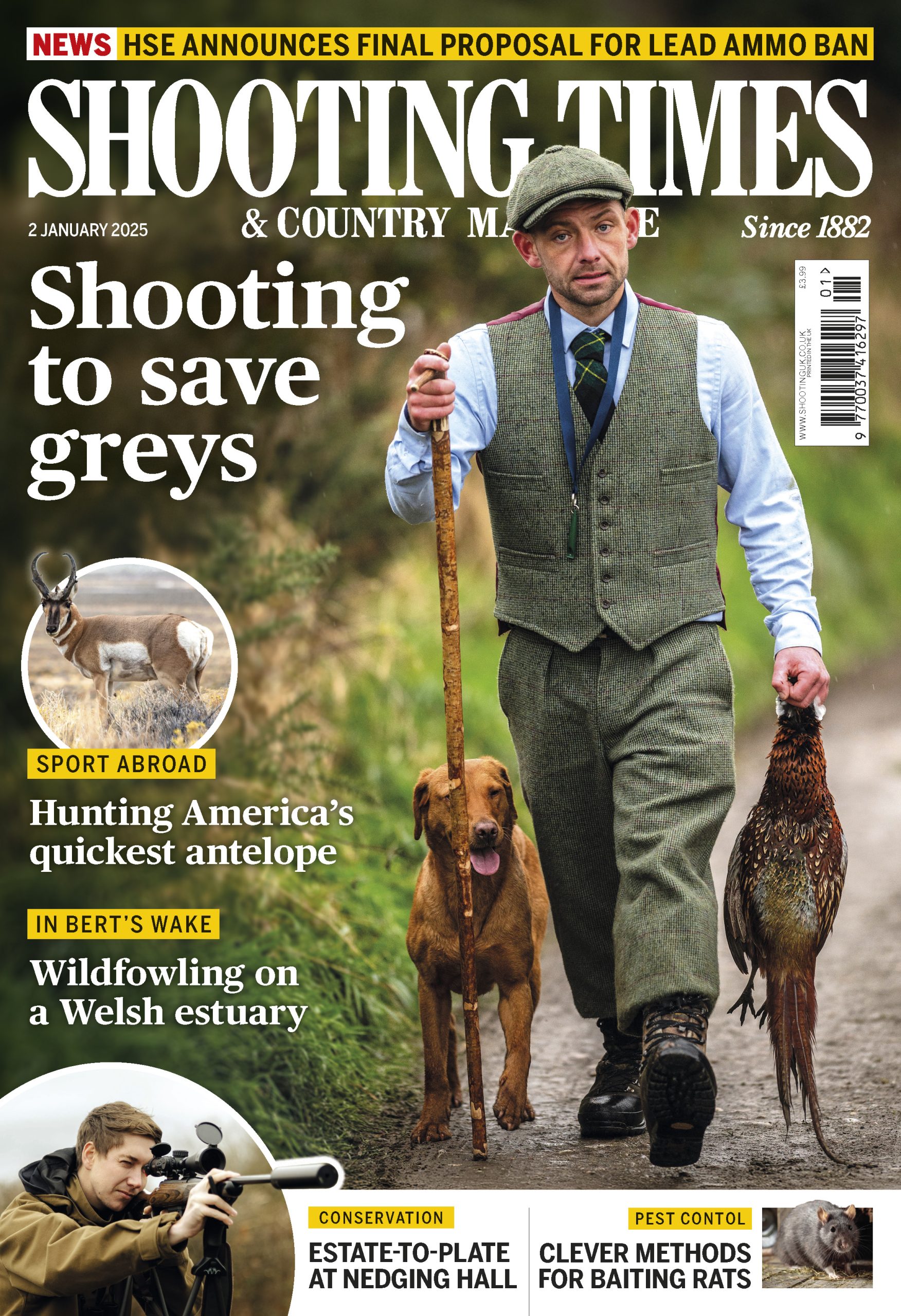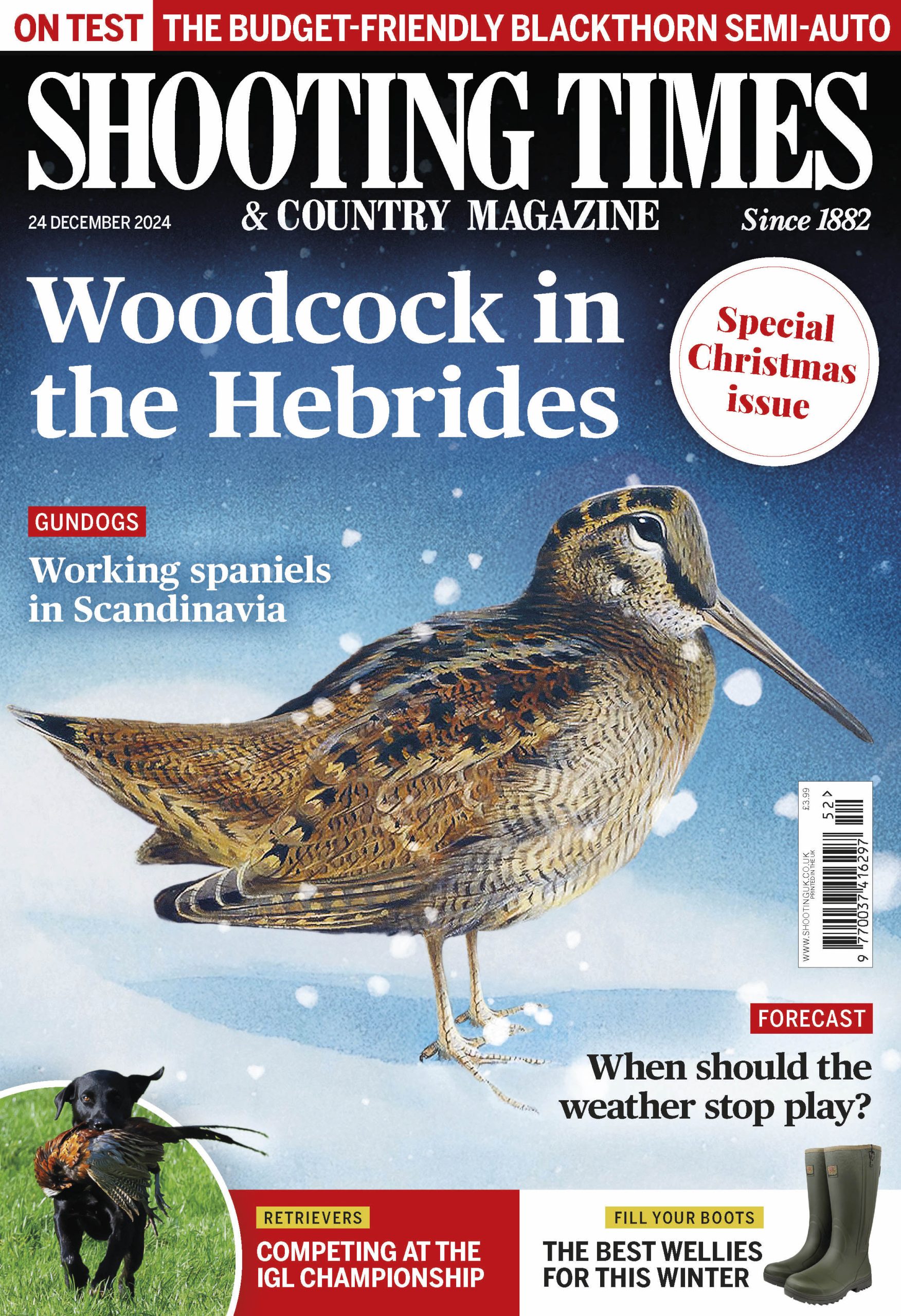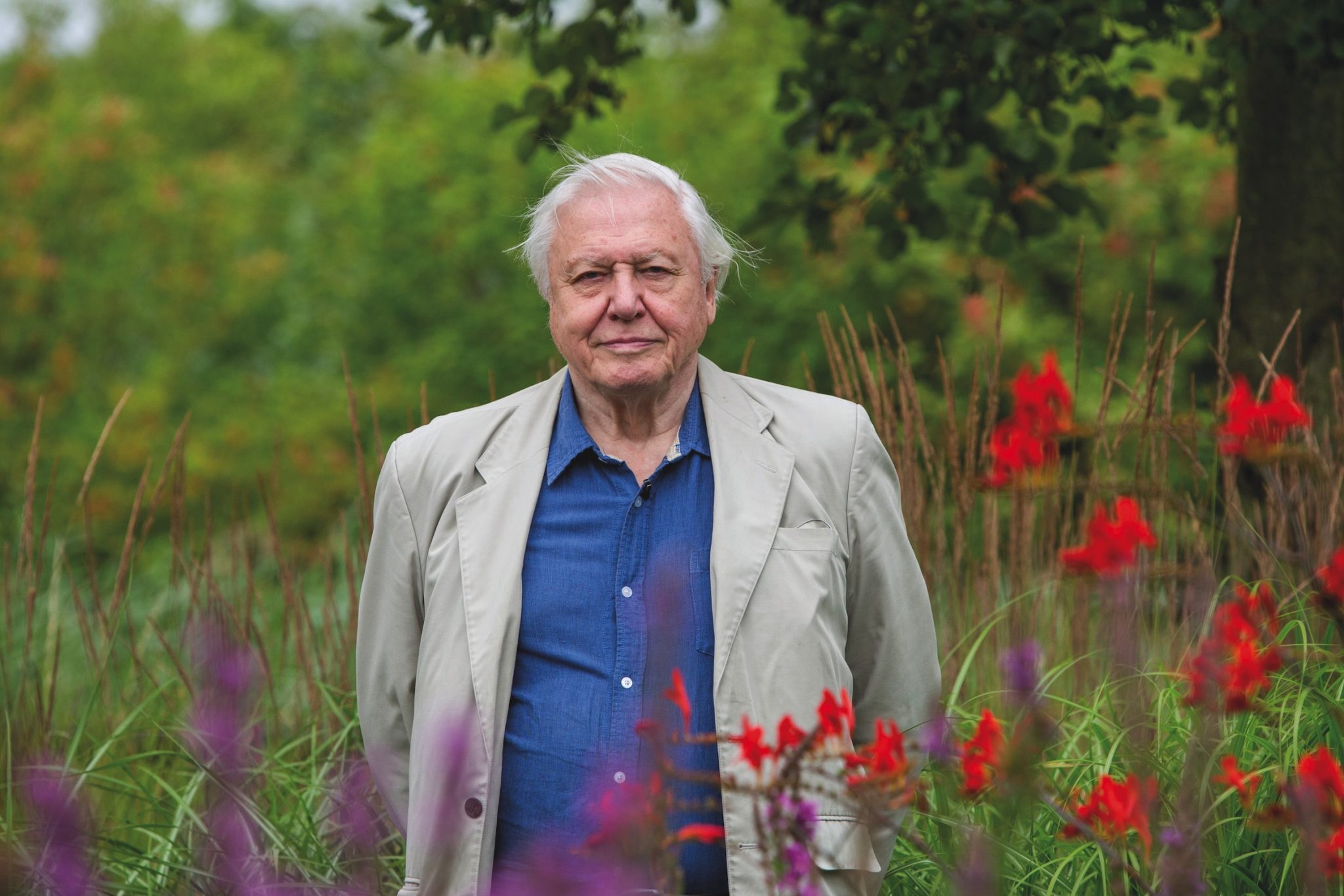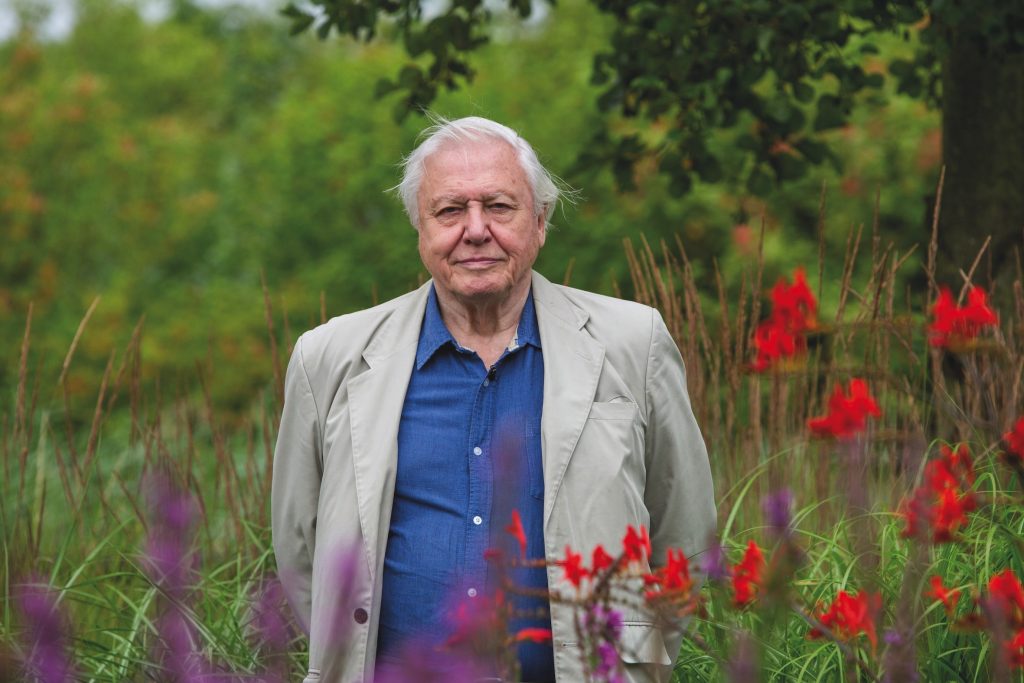Win CENS ProFlex DX5 earplugs worth £1,149 – enter here
Why do the roe I have shot have hairless necks?
Widely regarded as the world expert on roe deer
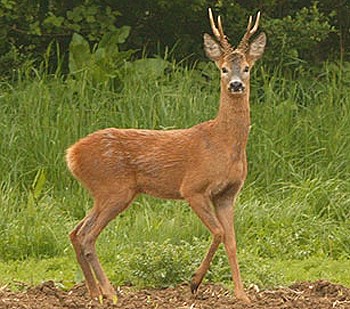
Q) I stalk roe in Hampshire and during last season shot a number of does that had no hair on their necks. Some were thin and sickly, but the healthy does also exhibited this condition. Can you explain this?
G. MOORES
By email
A) This is quite a common phenomenon with roe during the spring. The deer have a scruffy appearence because of their normal moult. Before this starts, however, they often rub the hair on their necks until the skin shows through. In some of the worst cases, as you observed, the animals are in poor condition. The cause is probably a biting louse, Damalinia sp., which tends to congregate around the ears and then spreads down the neck. This causes the animal intense irritation, which can only be relieved by scratching. The heaviest infections build up on young beasts and those in poor condition. As the moult progresses, most of the lice are shed and a normal coat grows in the summer. The biology of these lice is something of a mystery because no male lice have ever been found on roe deer. It is good practice to include any affected does in your cull because it is a fair bet that many of them will be in poor health and possibly also affected by disease or other parasites such as sheep ticks.
Related Articles
Get the latest news delivered direct to your door
Subscribe to Shooting Times & Country
Discover the ultimate companion for field sports enthusiasts with Shooting Times & Country Magazine, the UK’s leading weekly publication that has been at the forefront of shooting culture since 1882. Subscribers gain access to expert tips, comprehensive gear reviews, seasonal advice and a vibrant community of like-minded shooters.
Save on shop price when you subscribe with weekly issues featuring in-depth articles on gundog training, exclusive member offers and access to the digital back issue library. A Shooting Times & Country subscription is more than a magazine, don’t just read about the countryside; immerse yourself in its most authoritative and engaging publication.
